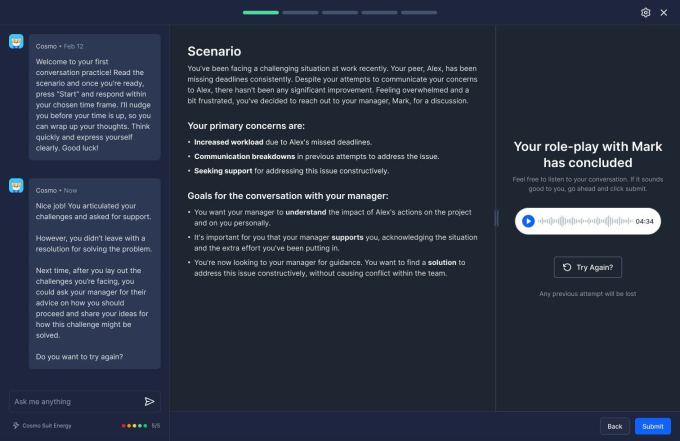Edit Content
Trending






Africa is often synonymous with its drylands that cover two-thirds of the continent. Relief is brought through rainfall during the monsoon season, which is vital to help replenish water reserves for communities and wildlife alike. Now, the West Africa monsoon season runs from June through to September, while those in the east occur during March to May and October to December.
However, during the early to mid-Holocene, an extended period of wet conditions prevailed across the Sahara Desert region, commonly known as the African Humid Period.
New research, published in Earth and Planetary Science Letters, has reconstructed historical rainfall (paleorainfall) measurements to assess the causes of extreme precipitation events during this key time in Earth’s history, and whether a phenomenon beyond monsoons could be responsible.
To do so, Dr Hamish Couper, from the University of Oxford, and colleagues used oxygen isotope data from stalagmites south of Morocco’s Atlas Mountains as historical climate archives. These cave deposits formed of calcium carbonate (obtained from Kef Thaleb, Asdif and Ksar caves) can be precisely dated and the isotopic data from growth layers linked to rainwater sources.
Oxygen isotopes from the calcite reached their lowest (most negative at -11.5‰ δ18O) level 7,000 years ago. Values such as this (around -13‰) are typically associated with tropical plumes, while less negative values of -7.2‰ for general wet season monsoons and the least negative at -4.6‰ for the dry season.
The researchers link this to increased rainfall, with the δ18O low at 7,000 years ago potentially leading to an additional 27cm per year of precipitation. This pattern continued over 8,700 to 4,300 years ago, extending beyond the African Humid Period, which ended approximately 5,000 years ago.
They also found temporal divergence in the rainfall pattern, with increased precipitation occurring 2,000 years earlier in southern compared to northern Sahara regions, as well as ending 700 years earlier, which would have narrowed the Sahara Desert.
Because of this temporal offset and significantly depleted δ18O, the researchers note that there must have been a precipitation source other than monsoons.
Therefore, they suggest that a tropical plume was generated from a temperature difference between the northern and southern hemispheres during the Holocene. This would have moved a band of low pressure (the intertropical convergence zone) northwards and increased the supply of moisture to the sub-tropics.
Consequently, a band of clouds thousands of kilometers long and hundreds of kilometers wide may have been generated, which released rainfall for frequent week to two-week periods.
Such an occurrence would have improved the habitability of the region and changed vegetation structures. Indeed, 80% of data from the studied Neolithic sites, with evidence of local communities permanently settling to farm, falls within the peak of increased rainfall 8,700 to 4,300 years ago.
This research has significance for modern climate patterns as tropical plume-induced rainfall is an important precipitation source for the sub-tropics and is well-known to result in high rainfall along the west African coastline during autumn months.
While heavy rainfall can have severe effects such as flooding, in the Sahara it is a vital water resource that helps to sustain the continent’s population and ecosystems.
More information:
Hamish O. Couper et al, Evidence for the role of tropical plumes in driving mid-Holocene north-west Sahara rainfall, Earth and Planetary Science Letters (2025). DOI: 10.1016/j.epsl.2024.119195.
© 2025 Science X Network
Citation:
Sahara rainfall historically driven by tropical plumes not monsoons, study finds (2025, February 5)
retrieved 5 February 2025
from https://phys.org/news/2025-02-sahara-rainfall-historically-driven-tropical.html
This document is subject to copyright. Apart from any fair dealing for the purpose of private study or research, no
part may be reproduced without the written permission. The content is provided for information purposes only.
©2024. Livebuzznews. All Rights Reserved.